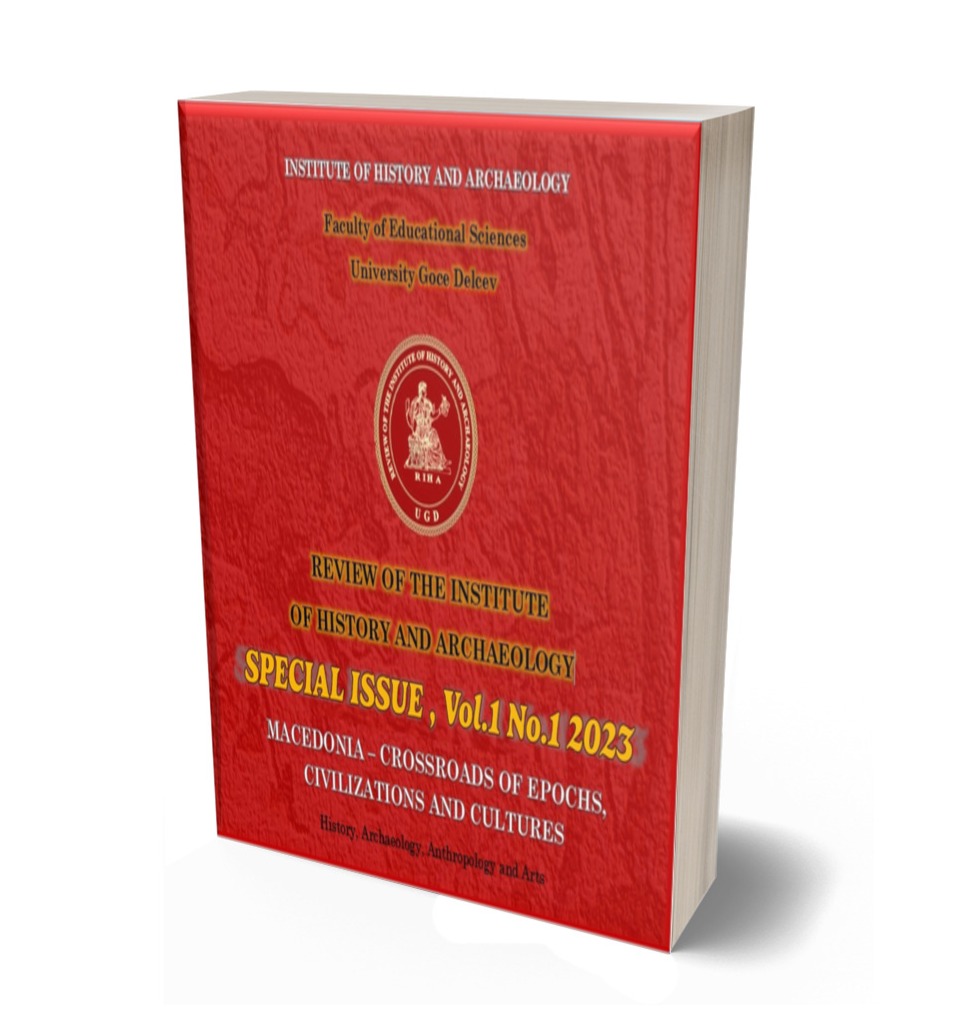Scupi and its Area in the Context of Incursions and the Settlement of the Slavs in Macedonia
(6th – 7th Century)
Аннотация
The connection between the cessation of the circulation of coins in the Balkans and the settlement of the Slavs in the region in the wake of their assault on and siege of Thessaloniki in the autumn of 586 has long been noted by the scholarly community. According to the numismatic finds, Scupi is one of the Southern Balkan cities and areas in which the circulation of coins ceased during the reign of Byzantine Emperor Maurikios (582–602). It is the main indicator in determining the time when the Byzantine rule was brought to an end. The analysis of the numismatic finds leads scholars to assume that the growth of most of the strongholds and settlements in the valley of Skopje was interrupted during the reign of Emperor Justin II (565–578).
What were the circumstances in which the Byzantine rule in Skupi came to an end? Was its end a result of a decisive and forceful Slavic incursion? It is difficult for now to provide satisfactory answers to these questions, but it seems that the aforementioned Slavic-Avar campaign against Thessaloniki of 586 had a certain impact on that process. The earthquake (518), the epidemics and the increasingly more frequent “barbarian” incursions probably led to a significant depopulation of the city which directly caused its defense capacities to weaken. All of that may have created favorable circumstances for the termination of the Byzantine rule and for the consequent Slavic settlement. On the other hand, the geographic location of Scupi and the area, through which the important road passed along the Morava-Vardar Valley, made the city exposed to the incursions of the Slavs and other “barbarians”. However, at the same time, that road made it easier for the residents of Scupi to gradually abandon the city. For example, during the events of circa 618, refugees from the province of Dardania – whose seat was Scupi – found refuge in Thessaloniki.
In more recent times, attempts have been made to revise the fairly widespread opinion among scholars that the Slavs massively and completely settled the region of Macedonia in the late 6th and early 7th centuries. The rare numismatic finds from the period of Emperors Phokas (602–610) and Herakleios (610–641) uncovered both in the surroundings of Skopje and in other more northern parts of Macedonia, suggest a Byzantine influence and presence there. It appears that the Byzantine presence was completely removed as late as the 630s. However, this does not imply that it was then that the Slavs settled the Skopje Valley in great numbers. The questions of the intensity and chronology of the Slavic settlement of the region of geographic Macedonia and the Balkans in general must stay open and unanswered in the scholarly community.


